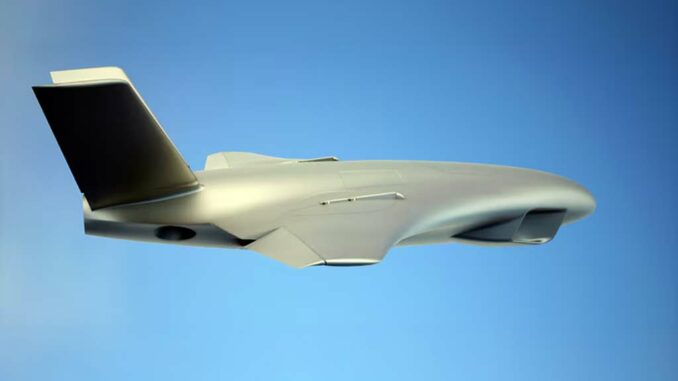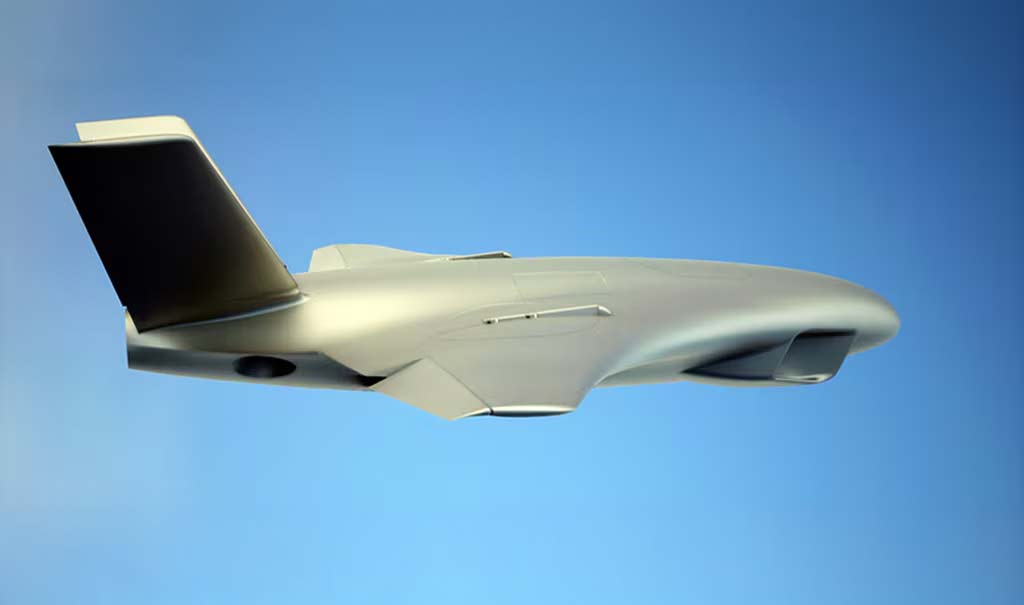
Aurora Flight Sciences is making progress on the design of SPRINT, a fast, autonomous VTOL aircraft, in the preliminary phase thanks to a DARPA contract.
In brief
Aurora Flight Sciences has completed the conceptual phase of its VTOL (vertical take-off and landing) aircraft for DARPA’s SPRINT program. The unmanned aircraft aims to reach speeds of 740 to 833 km/h, surpassing the V-22 Osprey. The design includes integrated lift fans and on-board motors to reduce drag and increase speed. Aurora, with increased funding from DARPA, plans to finalize the preliminary design in one year, with first flight in three years.
Aurora Flight Sciences has reached an important milestone by completing the conceptual design phase of an experimental VTOL (Vertical Takeoff and Landing) aircraft for DARPA’s SPRINT (Speed and Runway Independent Technologies) program. This development marks a significant advance in aeronautical technological innovation, with potential implications for future military operations. This article examines the technical details, benefits and challenges of this project.
Description and Functioning of the Blended-Wing Design
Technical characteristics
Aurora’s blended-wing design for the VTOL SPRINT aircraft includes three integrated lift fans for vertical flight, and on-board motors for transition to horizontal flight. This configuration reduces drag and enables cruising speeds of 740 to 833 km/h (400 to 450 knots), well above the 500 km/h (270 knots) of the V-22 Osprey.
Transitional features
A key feature of this aircraft is its ability to transition seamlessly from hover to forward flight, thanks to a distributed power system that efficiently powers all propulsion technology. This capability is essential for air mobility and special operations missions, where flexibility and speed are crucial.
Advantages of Aurora’s design
Speed and efficiency
The main advantage of the SPRINT aircraft is its superior speed. Reaching speeds of 740 to 833 km/h enables rapid deployment and extensive coverage in less time. This efficiency is particularly beneficial for reconnaissance and rapid response missions.
Autonomy and safety
The unmanned design reduces risks to personnel, enabling missions in hostile environments without danger to pilots. What’s more, the absence of a cockpit and human survival equipment frees up space and weight, increasing operational efficiency.
Design flexibility
Aurora has designed the SPRINT with the option of adding additional lift fans or creating a piloted version to suit military requirements. This flexibility allows the aircraft to be adapted to a variety of missions and scenarios, making the investment more versatile.

Project challenges
Technical complexity
Designing and building such an advanced VTOL aircraft presents significant technical challenges. Managing the smooth transition between vertical and horizontal flight requires sophisticated control systems and precise coordination between the various propulsion components.
Development costs
The development of advanced technologies, such as those used in the SPRINT, entails high costs. The initial contract of 4.2 million euros, increased to 25 million euros, reflects the substantial investment required to overcome technological challenges and meet performance targets.
Technological dependence
The use of cutting-edge technologies means increased dependence on automated control systems and artificial intelligence. This raises questions of reliability and security, particularly in the event of cyber-attacks or technical breakdowns.
Strategic and military consequences
Impact on military capabilities
The integration of the SPRINT aircraft into the US military arsenal could transform operational capabilities. Its speed and vertical take-off and landing capability offer significant advantages for reconnaissance, rescue and rapid attack missions.
Enhancing Special Operations
For special operations, the aircraft’s ability to move quickly and land in restricted or inaccessible areas with traditional aircraft can be a major asset. This enhances the ability of special forces to operate effectively in hostile environments.
Implications for National Security
The development of such advanced aircraft strengthens the United States’ position as a technological leader in defense. This could deter potential adversaries and strengthen national security by offering rapid response capabilities and advanced tactical options.
–
DARPA’s SPRINT project, with a significant contribution from Aurora Flight Sciences, represents a major technological breakthrough in VTOL aircraft. The blended-wing design, with its speed and fluid transition capabilities, offers considerable advantages for military operations. However, technical and financial challenges remain. The potential impact on military capabilities and national security underlines the strategic importance of this development. Finalization of the preliminary design in a year’s time, and first flight in three years’ time, will be key milestones to watch in the evolution of this innovative program.
War Wings Daily is an independant magazine.